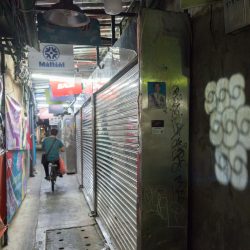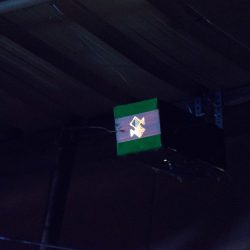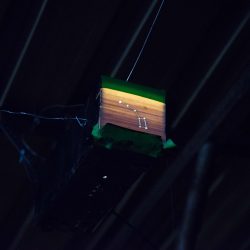THE SECOND PART OF ‘THE DOOR IS OPEN’ STILL CONTINUES OUR FOCUS ON DOOR TO ASIA BANGKOK, A PROGRAM HELD AS A PART OF BANGKOK DESIGN WEEK 2020, BY ELABORATING ON ANOTHER TWO PROJECTS IN SAMPENG AND PRATUPHEE COMMUNITIES
TEXT & PHOTO: NAPAT CHARITBUTRA EXCEPT AS NOTED
(For Thai, press here)
Read the first part of THE DOOR IS OPEN here
One of the approaches today’s designers often take into consideration when they work with a community is this concept of revamping the old. Not only do these existing know-hows and identities strongly communicate the locality of each area, but they also enable the locals to continue with the project on their own in the future.

Photo courtesy of STRN Citizen Lab
Tsu Ann Wong and Kanin Suetorsak paired up for The Sampeng Team, working closely with Sampeng Community, a group of second generation entrepreneurs who are joining the e-commerce platform. The first thing the designers experienced from Sampeng neighborhood is the maze-like routes of the market that one can easily find themselves getting lost into. They were also made aware of the situation where local businesses are being affected by online shopping.
“We saw the difference between Sampheng during the day and at night. It’s extremely busy during the day, but incredibly quiet and peaceful at night, unlike Chinatown, roads such as Yaowarat Road that are bustling with activities throughout the entire day,” said Tsu Ann Wong about the team’s ‘Sampeng Surprise’ campaign. The initial elements that she and Suetorsak proposed along with the idea comprise of a number of signs (for night time directions), online/offline map to help people walk through Sampeng without getting lost, and the installation system of the artworks they develops from plastic baskets popularly used by the area’s local vendors. The content of the installation will encompass stories of the neighborhood; from the history and expertise of each shop, as well as the products, some of which have been sold at Sampeng Market for over a century.
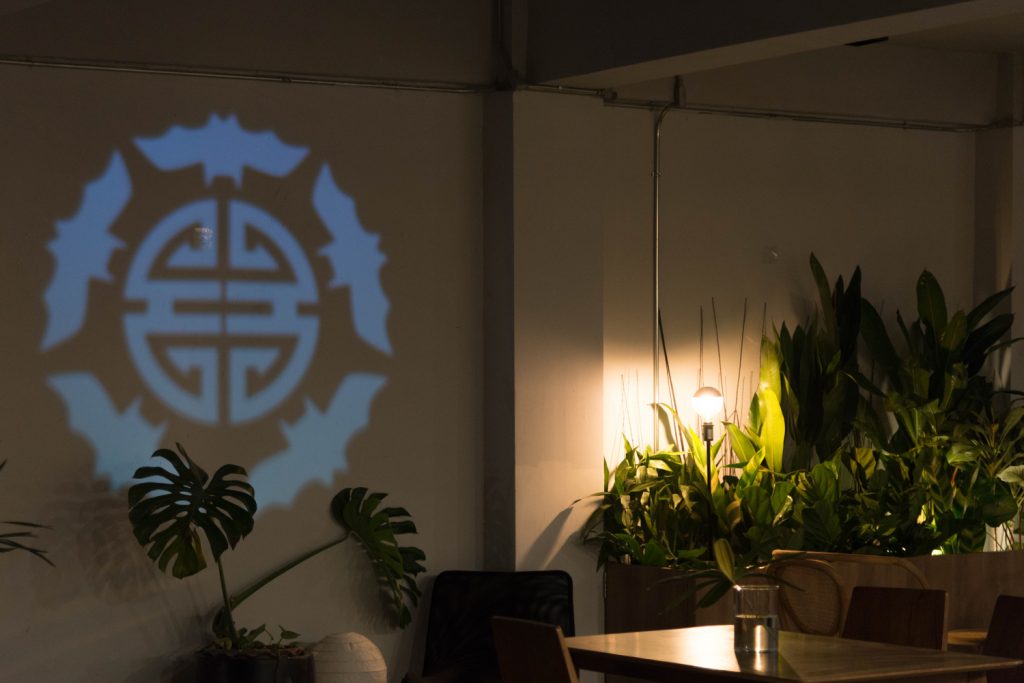
“The idea of using night time Sampeng Market as an art route is interesting. With adequate potential management, we can engage the massive volumes of people on Yaowarat Road to the area, which are only 200 meters away from each other. If successful, it can bring Sampeng back into the limelight for younger people. It will also help stimulate the area’s economy but it can potentially lead to new problems as well considering that there will be a number of locals who wish Sampeng to stay undisturbed, as it has been.
We, the media, will continue to follow up on the actual implementation of these prototypes and we do hope that more small steps will be taken by the locals who are key mechanisms that will keep the project running sustainably and successfully in the long run.
While I’m not exactly certain what the vibe of the Bangkok Design Week 2020 was like, while I was surveying the area during a walk through a city#01: Local Night Lights activity we held in mid-February, it was undeniably quiet. The works seemed to have been clustered near Luk Hostel, including the 8 lighting installations that recreated the 8 symbols of fortune and their connection to Chinese beliefs. The pieces, made by hand and from available materials found in the area, were comparatively outshined by the neon lights from Sampeng alleyways, affecting their role as a signage that leads people through the market’s walkways to be inferior.
All these doubts were answered with the explanation that all the installations were made by the locals from the perception of ‘Sampeng Lai’ (the word light pronounced in a Chinese-Thai accent), which is a good ‘beginning’ of how the space of Sampeng can be viewed in a perspective that it has never been. The last group to present their project was the Pratuphee Team that has Living Kafé at the ground floor of Once Again Hostel (the place that houses the office of the design collective Satarana) as their operation base.
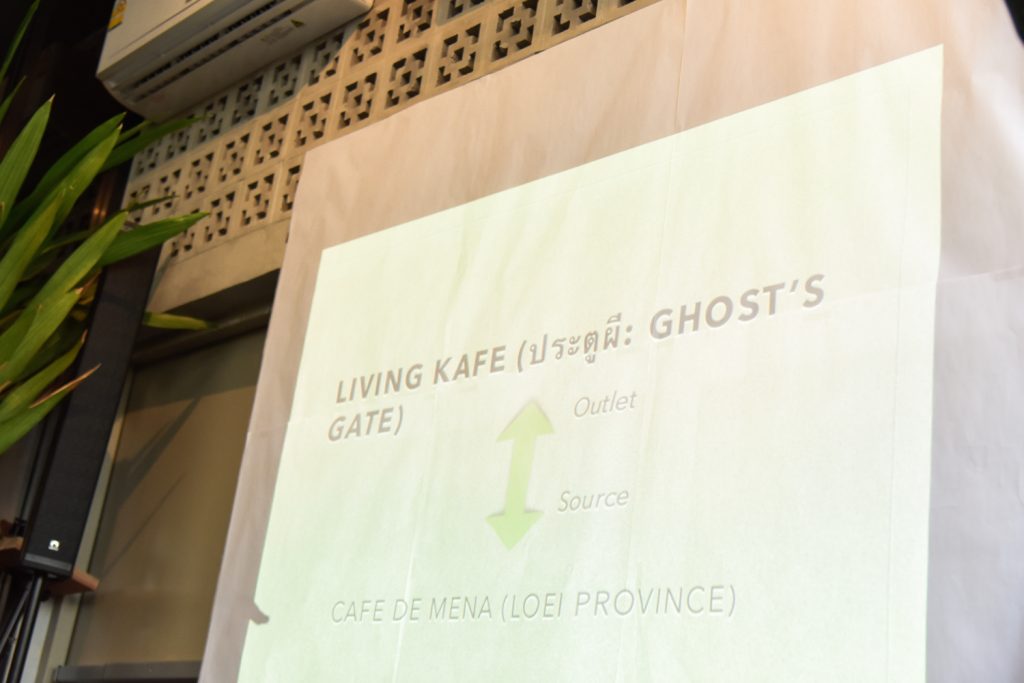
Photo courtesy of STRN Citizen Lab
The locals that Nutjarus Eangmahassakul of Studio Dialogue and Tomoko Negishi worked with ended up being the Once Again Hostel’s staff. What’s special about the project is the use of Living Kafé as a door that leads both foreigners and Thai visitors of the cafe to Café De Mena and the products from Loei province of Thailand. “We use ‘rice’ as a medium that connects everybody together, “ said the two designers who view ‘eating’ as an activity that enables seamless and natural learning experiences. Rice also shares certain common characteristics with humans, from the diversity of its kinds = the diversity of human races/ variety of tastes = different personalities, likenesses and beliefs. What this means is sharing food is a form of endless learning experiences and potential development of attitudes.
The collaboration spawns a packaging design /a booklet providing knowledge about rice and the design of an environmental graphic inside Living Kafé. The designers design the experience through the use of an eclectic collection of dining ware to create the mood of having a meal at a friend’s house, and the Rice / Home / Friend workshop that invites participants to share a meal together.

Photo courtesy of STRN Citizen Lab
We have faith in DOOR to ASIA Bangkok that it is a project initiated and operated with good intentions and we do see the determination and dedication of the teams to facilitate a strong network of designers in the Asian region. We, the media, will continue to follow up on the actual implementation of these prototypes and we do hope that more small steps will be taken by the locals who are key mechanisms that will keep the project running sustainably and successfully in the long run.




